Unsere Zutaten
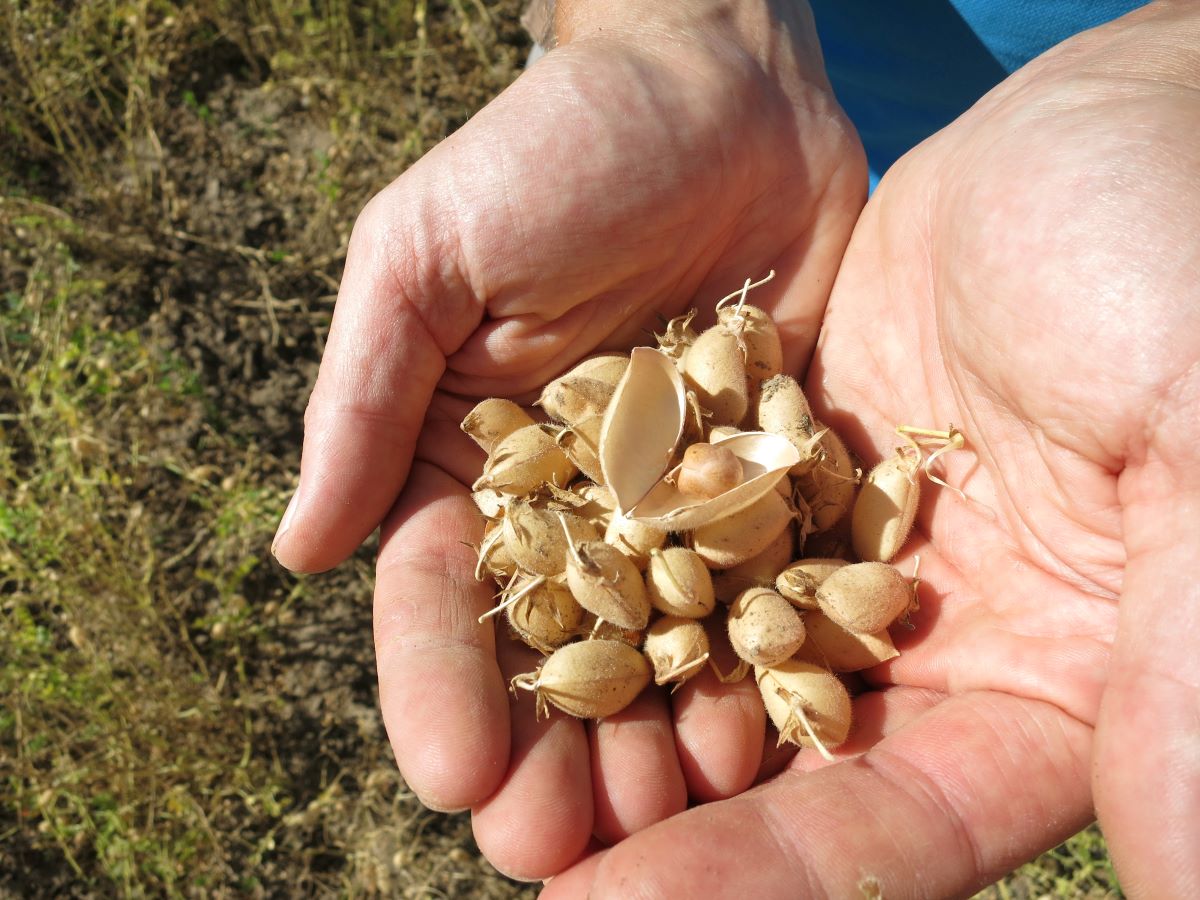
In accordance with our purity law , we only use organic ingredients from regional cultivation.
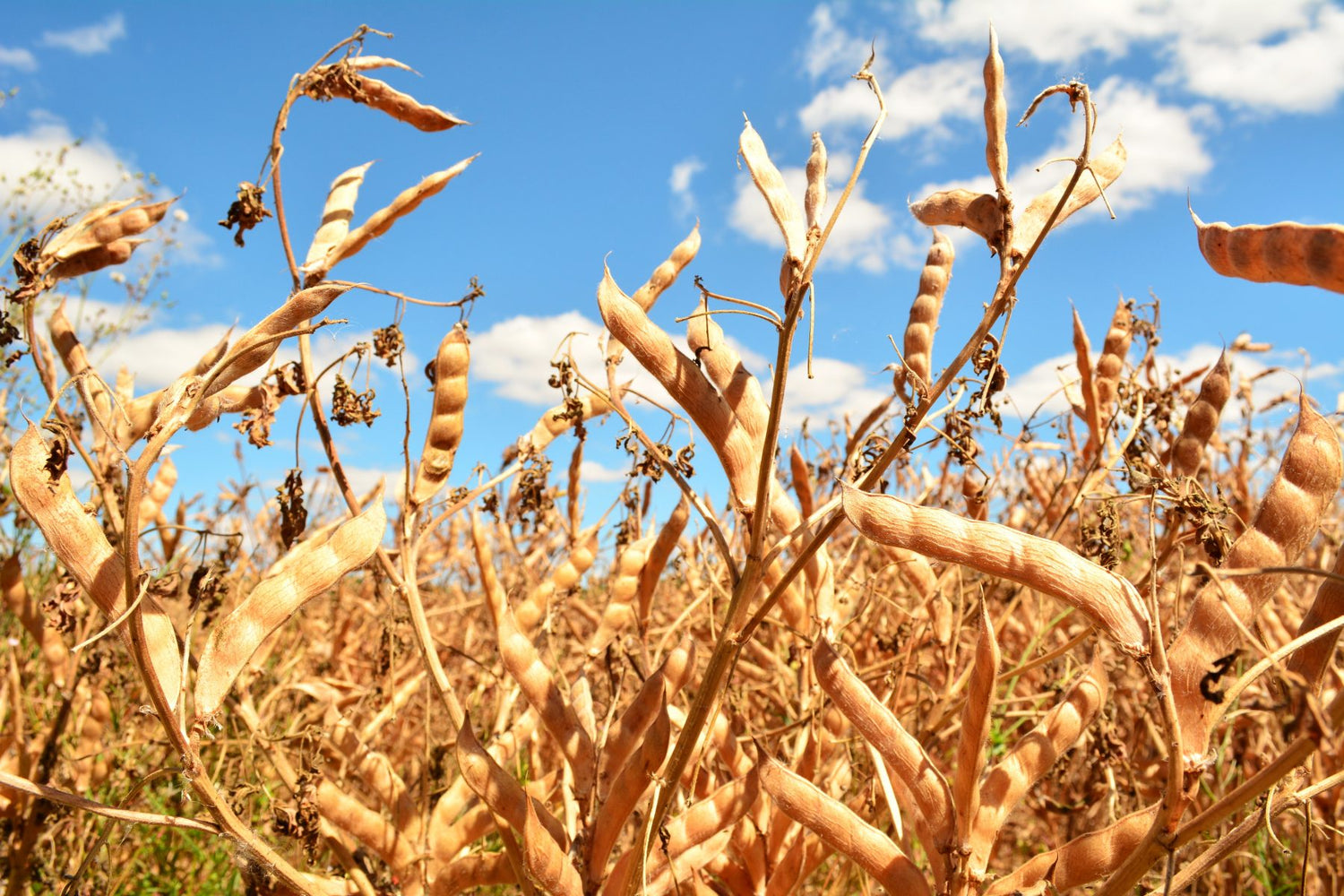
Lupine
We get our lupine from the northern Waldviertel from Christoph Dundler and Paul Linsbauer. They are grown there according to the strict BIO AUSTRIA rules to ensure that only the best raw materials are processed by us.
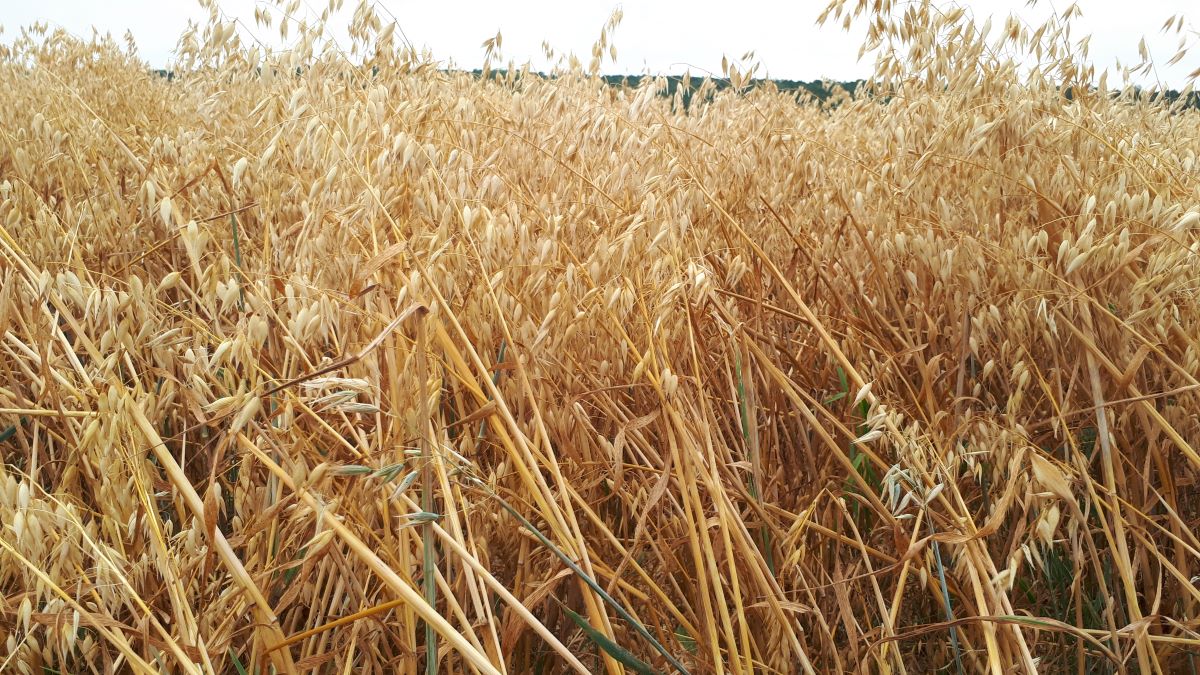
Oats
Oats, like salt in the Salzkammergut, have been cultivated since the Bronze Age. Since then it has had a permanent place in European agriculture. Oats are characterized by being particularly climate and location tolerant, which is why they can be grown even in cold and barren regions.
The oats are grown by Genusskoarl's parents-in-law Josef & Elisabeth Lust in Schalladorf in the Hollabrunn district in the beautiful Weinviertel.
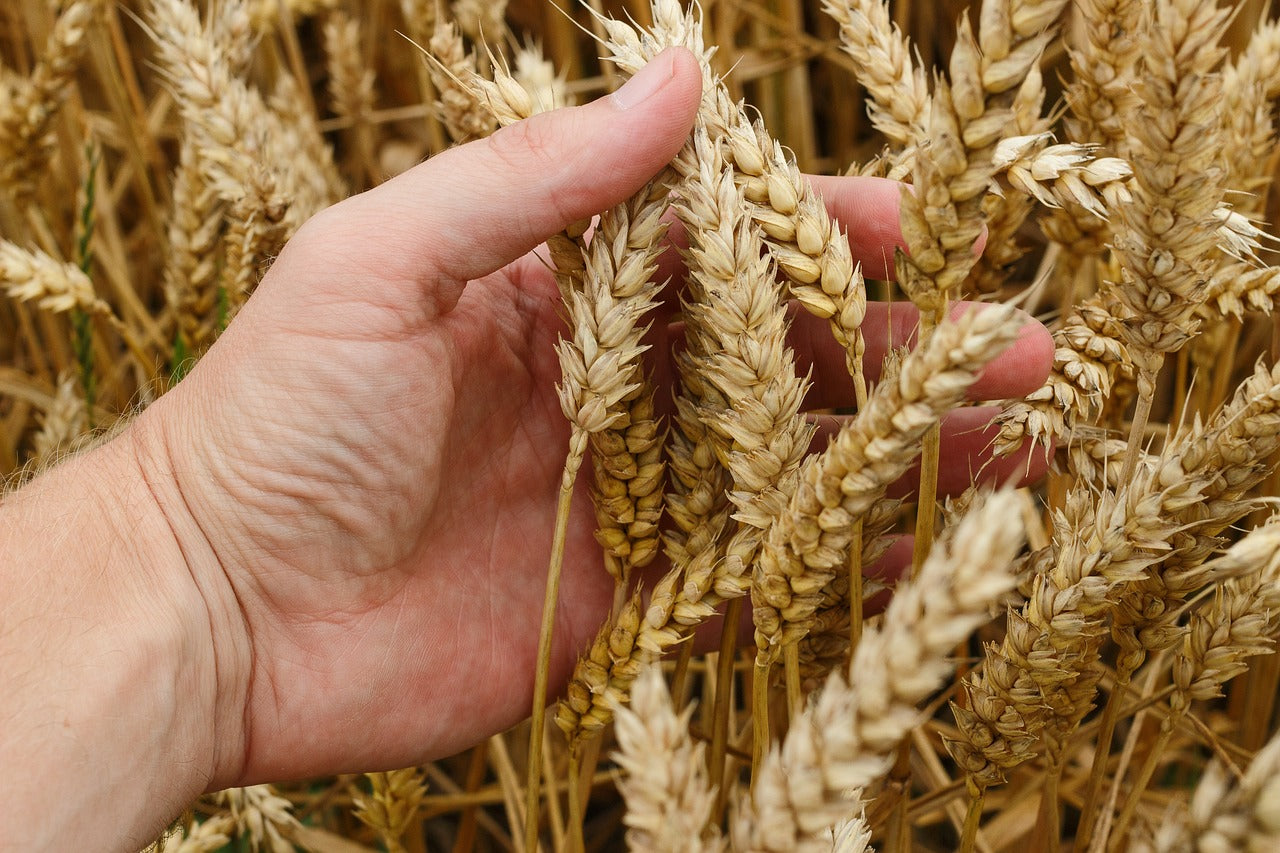
Wheat
Wheat has been cultivated for thousands of years to make bread and other foods. Our wheat comes from the northern Weinviertel, Hollabrunn district and is grown for us at the Lust-Sauberer organic farm.
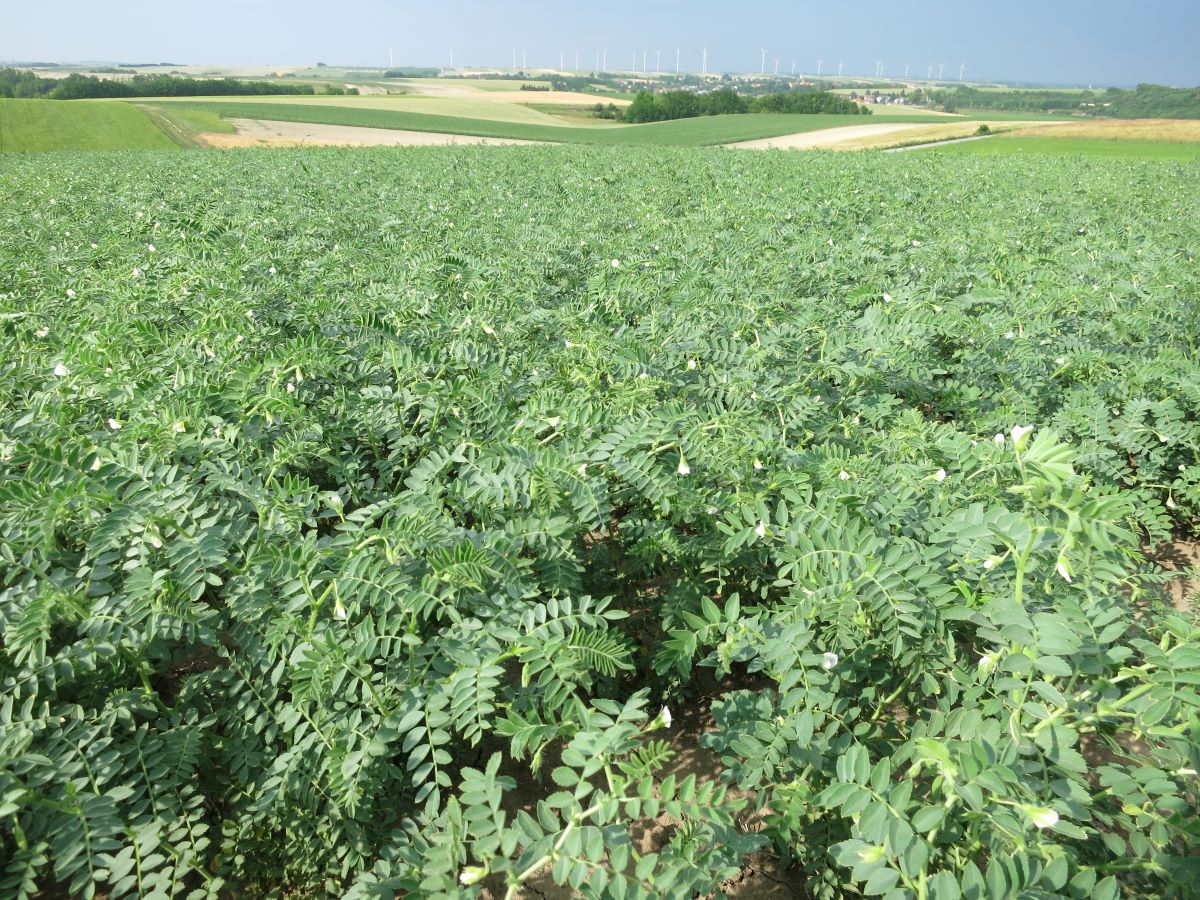
Chickpeas
Like the lupine, the chickpea is a legume and also comes from the Middle East and West & Central Asia and has been cultivated in the Near East for more than 8,000 years. Its main cultivation areas are India and Turkey. Since the chickpea has low demands on the soil and can do well with little water, it can also be grown well in the relatively dry Weinviertel, which is becoming warmer.

soy
Native to Austria since 1873 – the soybean. We ferment it directly into a food and use it in organic soy sauce and Mugi Miso. They are grown at the Lust-Sauberer organic farm in the Weinviertel
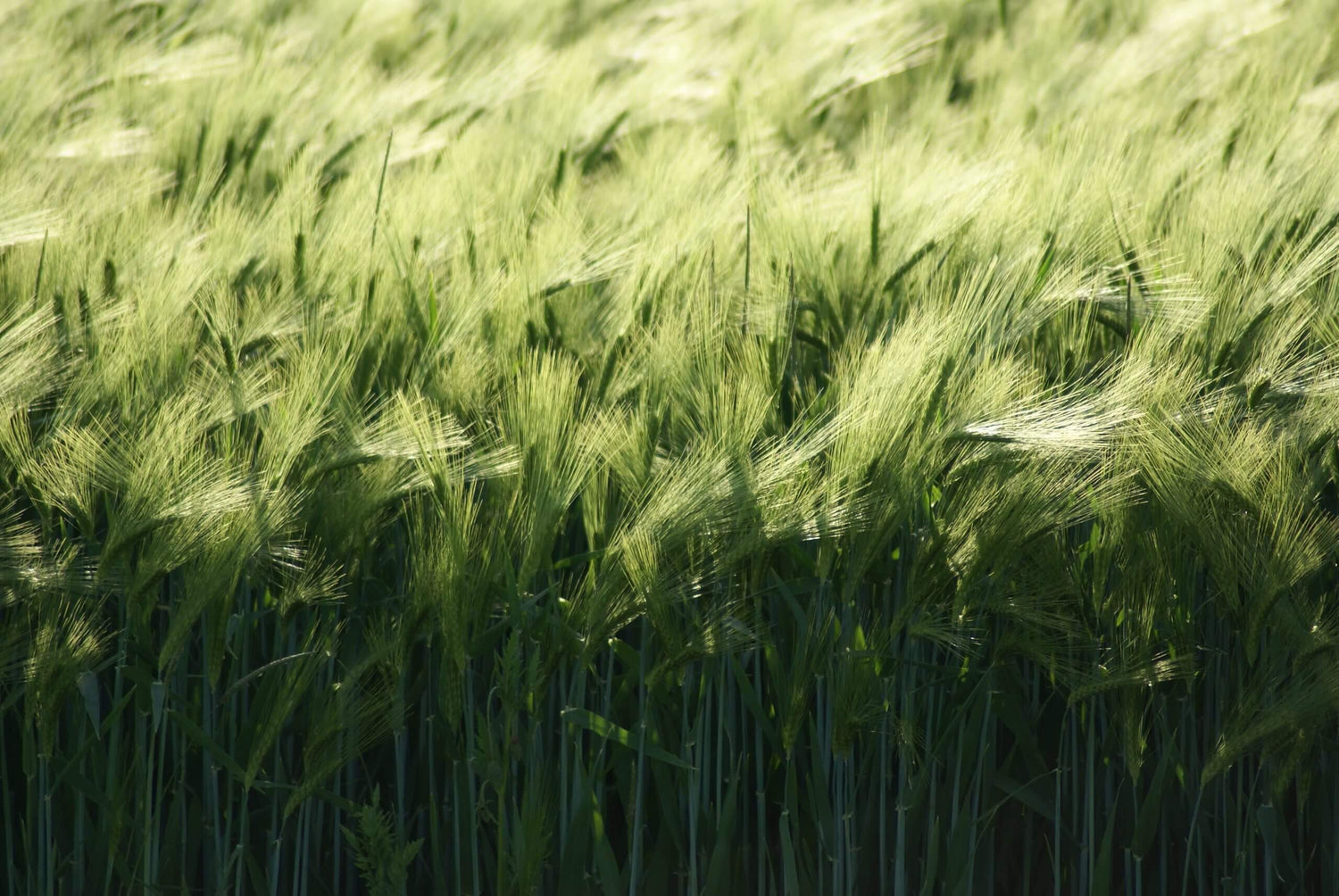
Rolled barley
Rolled barley is hulled, polished barley. The starting product is barley, a common grain in Europe, which is removed from the stalks during a peeling process. The first evidence of barley as a crop dates back 17,000 years.
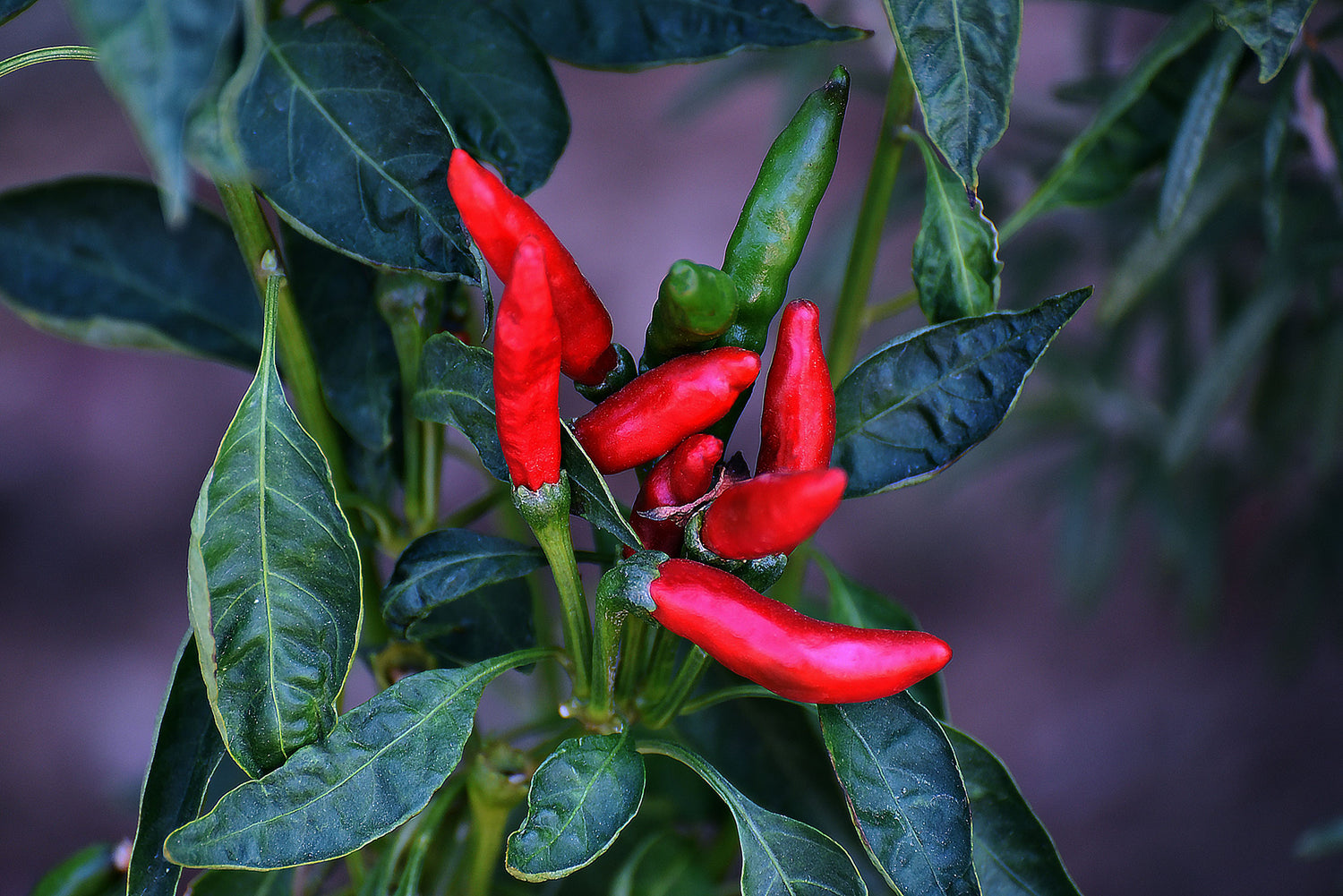
Carolina Reaper Chili
This chili is a variety of paprika and is probably one of the most modern ingredients in Genusskoarl. It was only in 2013 that this chili was recorded in the Guinness Book of Records as the hottest chili in the world. The small wrinkled red chilies can reach up to 2.4 million Scoville.
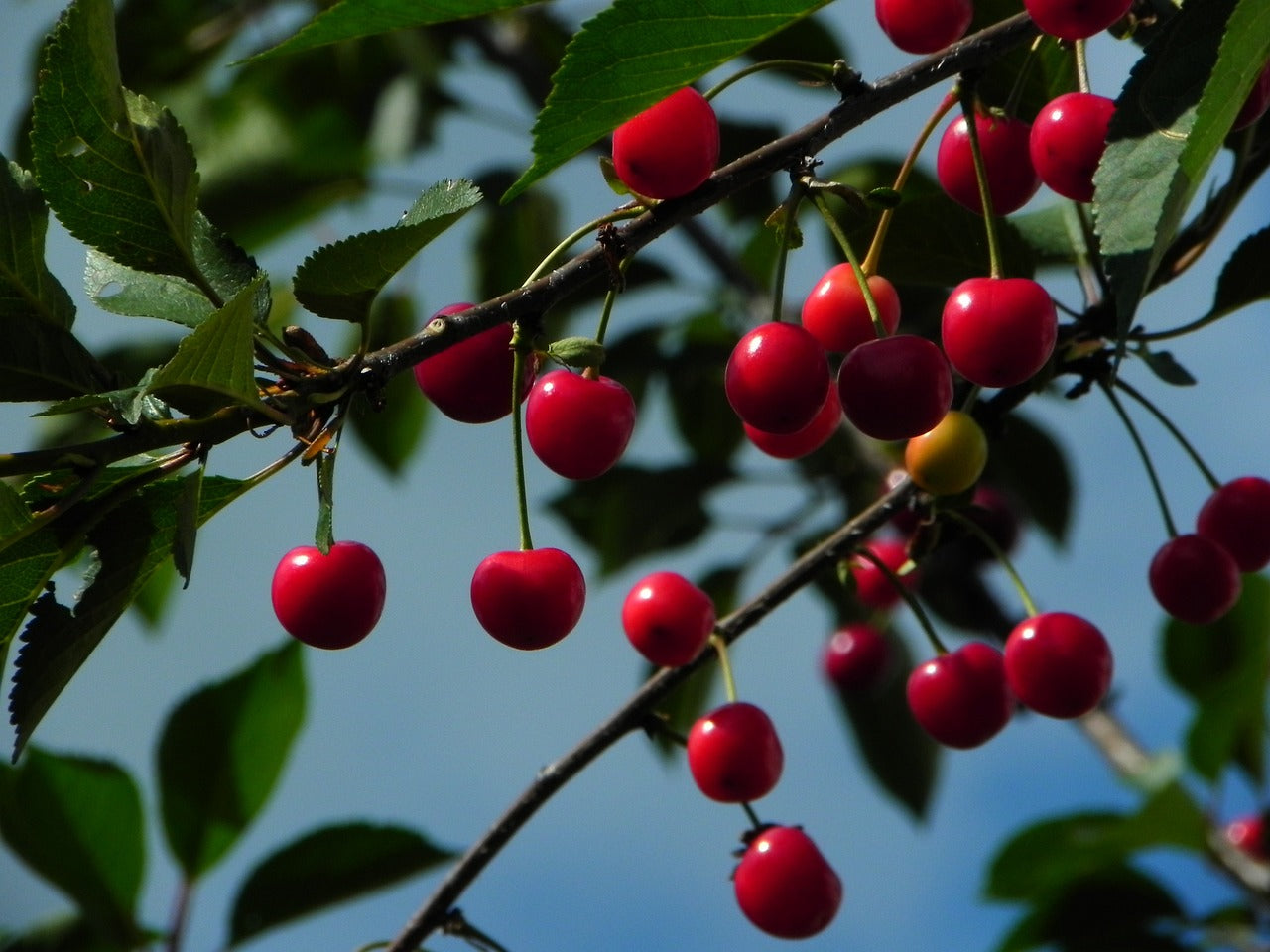
Sour vinegar
This vinegar is a pure fruit vinegar, the juice of the sour cherry is fermented in a first step into a fruit wine before it is further fermented into vinegar in a second step. The sour cherry, also known as sour cherry, is a widespread fruit in Europe.
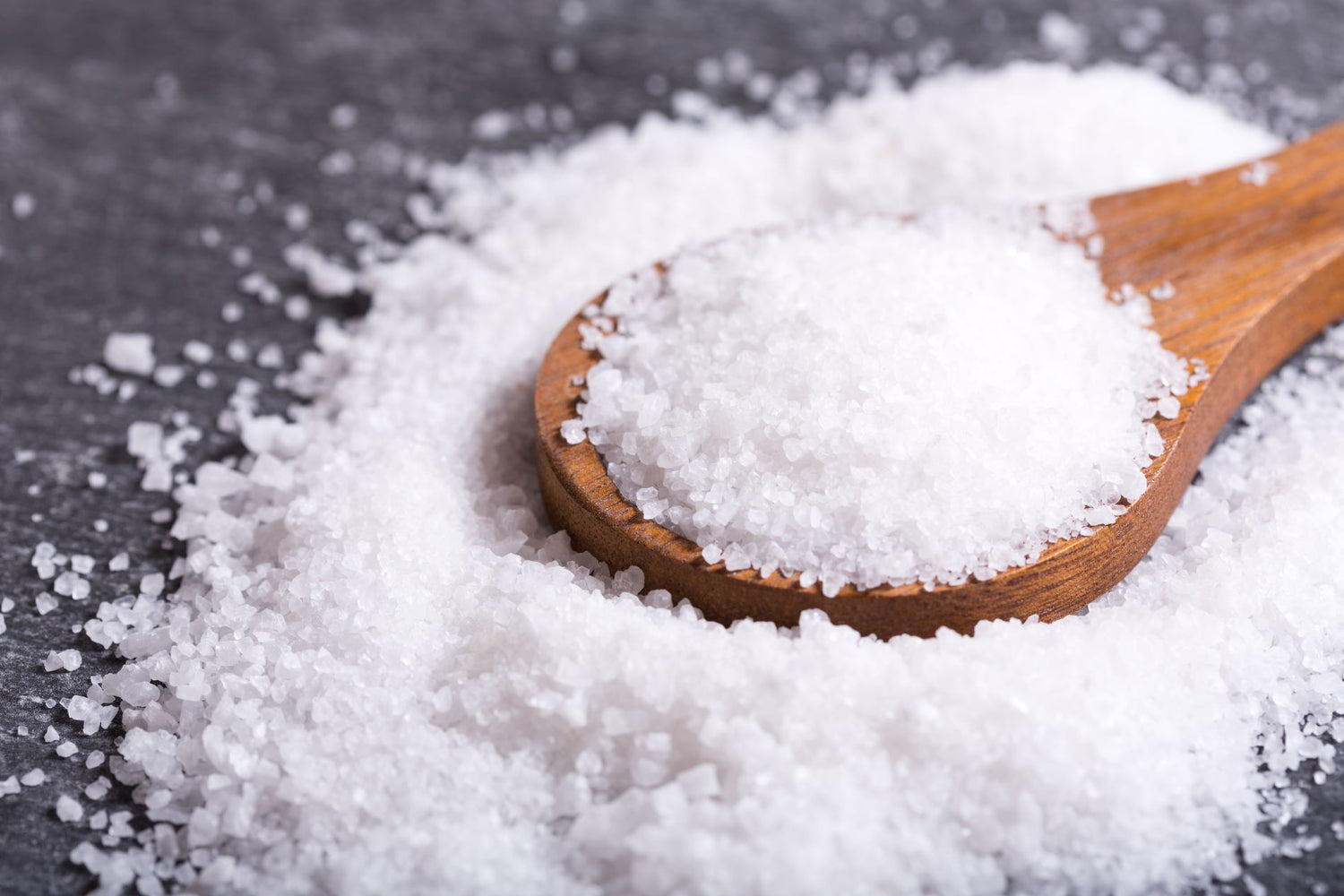
Salt
As early as the Bronze Age, salt was mined in the Salzkammergut and shipped far downstream via the Traun and Danube rivers. Genusskoarl also takes up this old tradition and only uses non-iodized table salt, obtained from the depths of the Styrian and Upper Austrian mountains.
We get our salt from Saline Austria in Ebensee am Traunsee, the salt is non-iodized and without trickle aid.
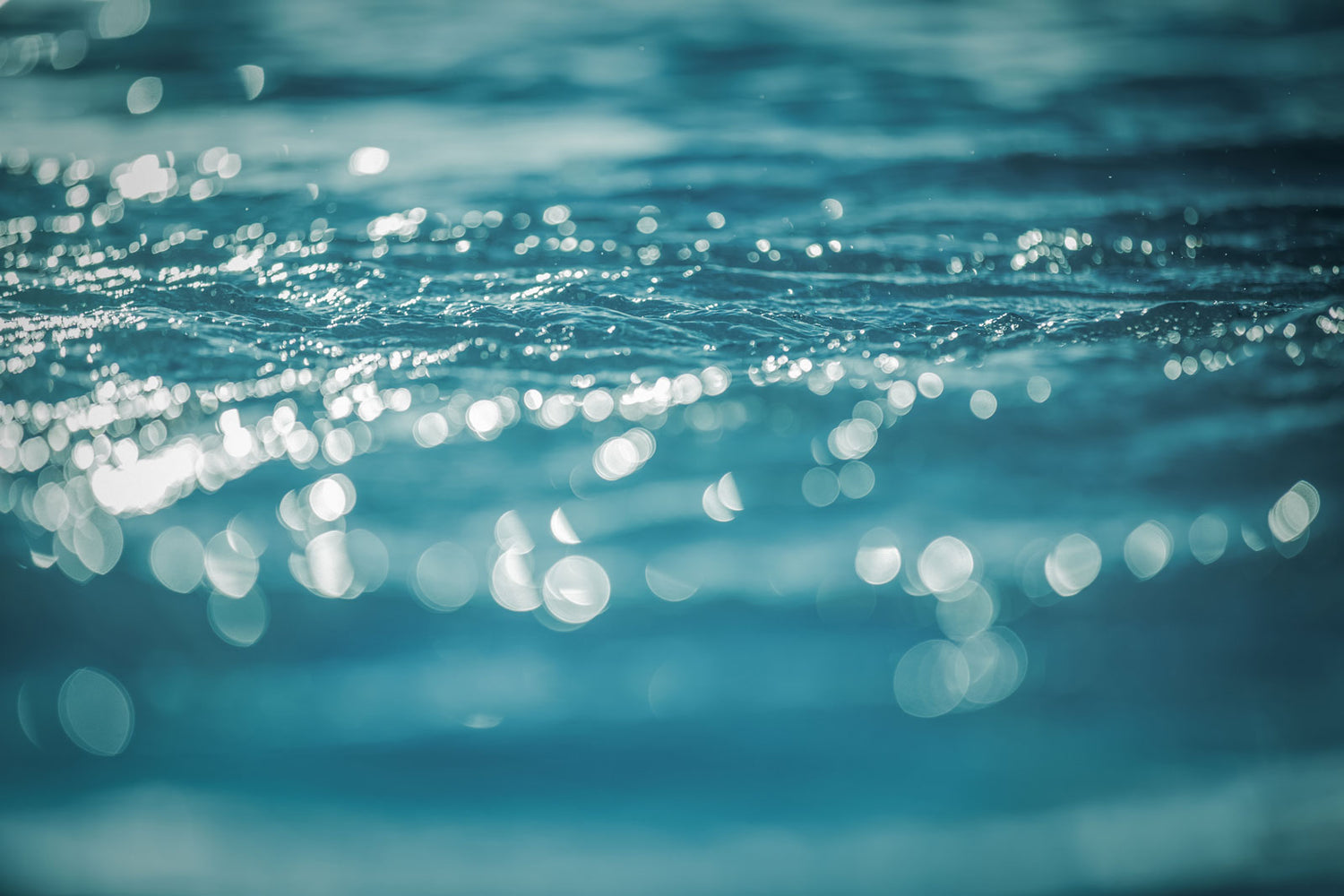
Water
Water, the source of life, is not only not in short supply in Austria, but is also of particularly high quality. There is hardly any other country in the world where water of such quality is available to everyone. This water used in our brewing processes comes from the water network of the community of Wolkersdorf.
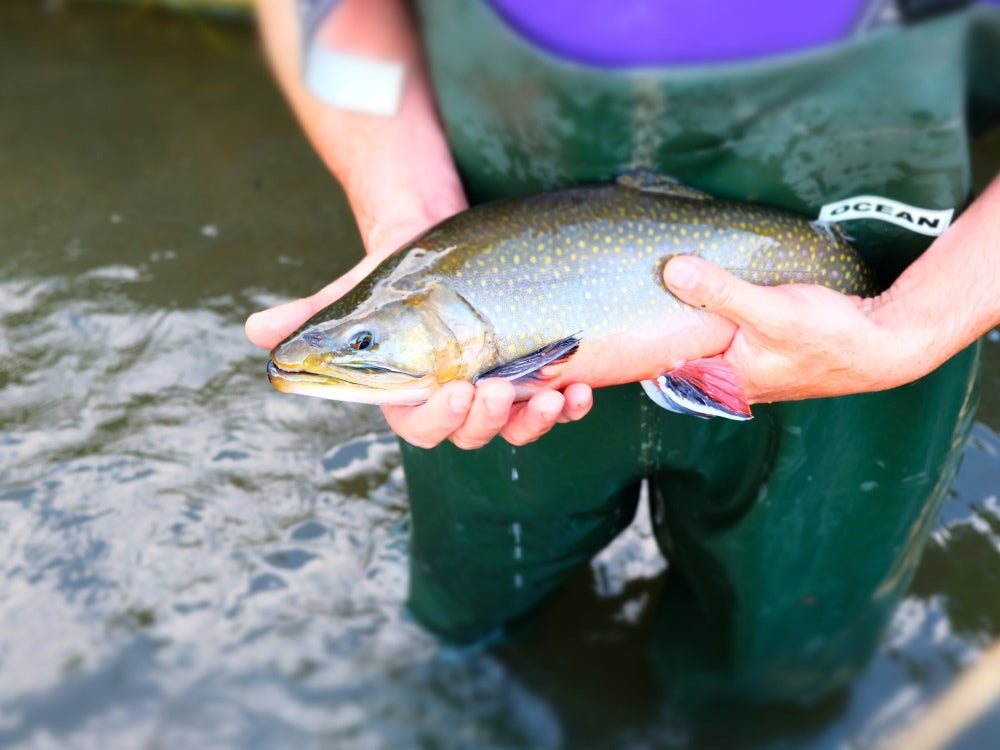
Fisch
In glasklarem Wasser in und um Maria Zell lebt der Bio-Fisch, den wir für unser Fischsauce nutzen. Bei DECLEVA'S ALPENFISCH leben und wachsen die Fische bevor sie zu köstlichen Filets verarbeitet werden.
Um den Planeten möglichst wenig mit Abfällen zu belasten, verarbeiten wir dann die Abschnitte und verwandeln Produktionsrückstände in ein weiteres hervorragendes Produkt. So kombinieren wir Regionalität mit Nachhaltigkeit und Zero-Waste.
